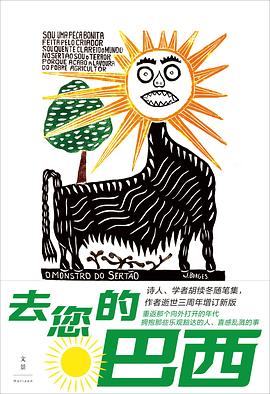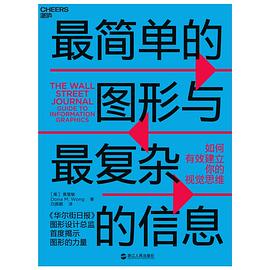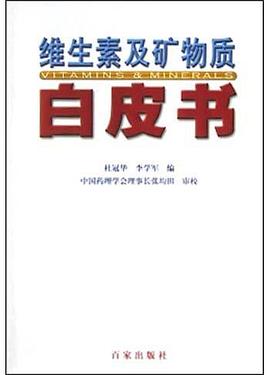The Myth of the Eternal Return
内容简介
This founding work of the history of religions, first published in English in 1954, secured the North American reputation of the Romanian émigré-scholar Mircea Eliade (1907-1986). Making reference to an astonishing number of cultures and drawing on scholarship published in no less than half a dozen European languages, Eliade's The Myth of the Eternal Return makes both intelligible and compelling the religious expressions and activities of a wide variety of archaic and "primitive" religious cultures. While acknowledging that a return to the "archaic" is no longer possible, Eliade passionately insists on the value of understanding this view in order to enrich our contemporary imagination of what it is to be human. Jonathan Z. Smith's new introduction provides the contextual background to the book and presents a critical outline of Eliade's argument in a way that encourages readers to engage in an informed conversation with this classic text.
......(更多)
作者简介
Mircea Eliade (1907-1986) was a Romanian-born historian of religions and a novelist whose works were known in translation the world over.
Mircea Eliade began his life in Bucharest March 9, 1907. While still studying in the lycée he wrote numerous articles in a popular vein on entomology, the history of alchemy, Orientalism, the history of religions, impressions of his travels, stories, and literary criticism. In 1925 he entered the University of Bucharest, where he pursued the study of Renaissance philosophy. Thus began a life-long preoccupation with the great creative epochs in Western history and with the puzzle of human, especially literary, creativity itself. Eliade had seen, for example, how the Rumanian poets, writers, and historians he admired had drawn material and inspiration from folk sources, and he was fascinated to see an analogous process at work in the Italian Renaissance.
For Eliade, the rediscovery of Greek philosophy, exemplified in Marsilio Ficino's Latin translations of the Corpus hermeticum and the founding by Ficino of the Platonic Academies in Florence, meant "a breakthrough toward the East, toward Europe and Persia." But as he later understood, it was not a simple reacquaintance with the classical heritage that made the Renaissance such a creative period; instead, the strange "new" occult elements which Renaissance thinkers encountered in their discoveries actually represented "the fund of Neolithic culture that is the matrix of all the urban cultures of the ancient Near East and the Mediterranean world."
In 1928, while in Rome to research his degree thesis on "Italian Philosophy, from Marsilio Ficino to Giordano Bruno," Eliade wrote to Professor Surendranath Dasgupta expressing a desire to study under his direction at the University of Calcutta--which he did, thanks to a scholarship offered him by the Maharajah Manindra Chandra Mandy of Kassimbazar. Eliade's stay in India lasted three years. In 1933 he received his doctorate with a dissertation on yoga, later published in French under the title Yoga: Essai sur les origines de las mystique indienne (1936), and began teaching at the University of Bucharest that same year.
Shortly after his return from India, in the midst of a busy schedule that included university teaching and many commitments to write and lecture, Eliade's novel, Maitreyi, was released to great critical and popular acclaim. Born into a tradition which saw no incompatibility between scientific and literary occupations, Eliade, the historian of religions, continued to produce novels, stories, essays, and a travel book. Today, especially in Rumania and Germany, he is known primarily as a writer of fiction; and his popularity continues to grow as more and more of his works appear in translation.
During World War II Eliade served as cultural attaché to the Rumanian legations in London and Lisbon. After the war he elected to remain in exile in Paris where he could complete work on a number of manuscripts which had taken shape during the war years, notably Patterns in Comparative Religion and The Myth of the Eternal Return, both of which came to print in 1949. The years 1951 to 1955 saw the publication of several more volumes for which Eliade is well known: Shamanism, Images and Symbols, Yoga, The Forge and the Crucible, and The Forbidden Forest. Many regard the last title as his most important work of fiction.
Eliade travelled to the United States to deliver the 1956 Haskell Lectures at the University of Chicago, and a year later he was offered the post of professor and chairman of the History of Religions Department and professor in the Committee on Social Thought at the university. Almost 30 years later, he was professor emeritus at this same institution with the title Sewell Avery Distinguished Service Professor.
Eliade's scholarly output continued unabated. Volume I of A History of Religious Ideas appeared in 1974, and three of its four projected volumes had been published by 1985. A History of Religious Ideas marked something of a departure from his previous theoretical work. As in his sourcebook, From Primitives to Zen, Eliade presented the "creative moments" of the world's religious traditions in more or less chronological order, treating them in a way one might call more historical and less thematic. In addition to his scholarly writing, Eliade served as editor-in-chief of a massive encyclopedia of religion until his death in 1986.
While the differences between homo reliosus and nonreligious people of the modern West are clear, Eliade argued that non-religion can be likened to the biblical "fall" of man. That is, just as the original "fall" produced forgetfulness of God and a "divided" consciousness, the second "fall" of modern times marked the further descent of religion into the depths of the unconscious--an explanation for, among other things, the importance modern people attach to dreams, the role of the unconscious in artistic creativity, and the persistence of initiatory and other religious patterns in literature. Eliade's theoretical work in the history of religions can thus be said to embrace even his own literary creations, so that the two together form a single oeuvre consistent with his visions of a "new humanism" in modern times.
......(更多)
目录
......(更多)
读书文摘
经过两三个世纪以后,历史事件的记忆就会被修正,以适应远古时代心态的模式,这个模式不会接受个体,只保存范型。 史诗中著名人物的历史特征是毋庸置疑的。但他们的历史真实性并不能长期抗拒为神话化所销蚀。历史事件本身不管多么重要,都不能保存在民间记忆里,而且,特定的历史事件只有趋近于一个神话的模型,否则对它的回忆无法点燃诗性的想象。
对于传统社会而言,人生所有的重要行为都是诸神或英雄在‘起初’启示的。人只是永无停止地重复那些典范的、范式性的作为。
......(更多)






